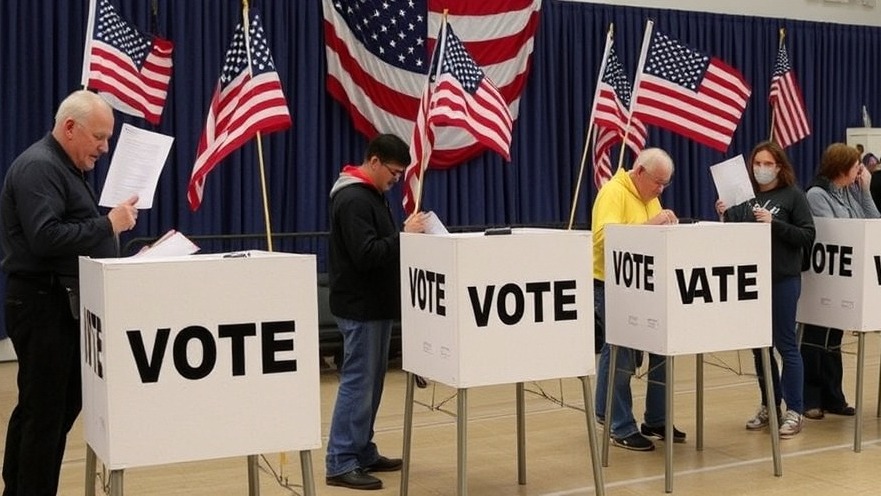
Understanding Texas' 17 Statewide Propositions: A Crucial Decision
On November 4, Texas voters will face a significant moment in their civic duty as they decide on 17 constitutional amendments known as statewide propositions. This election, packed with bills advocating major property tax cuts, particularly resonates with homeowners and businesses. You'll want to understand what these propositions entail because they carry implications that could shape Texas' economic landscape for years to come.
Major Tax Cuts for Homeowners and Businesses
A primary theme among the proposed amendments is tax relief. Lawmakers, tapping into a multibillion-dollar budget surplus from recent economic trends and federal stimuli, aim to enact substantial property tax reductions. These measures are designed not only to support homeowners but also to encourage business development in the state. Proponents, including Governor Greg Abbott, argue that maintaining low taxes is key to fostering a competitive and attractive business environment.
Sustainability of Tax Cuts Under Scrutiny
However, the rush to approve tax amendments raises eyebrows among some budget analysts and local officials. As Shannon Halbrook, a fiscal policy director at Every Texan, pointed out, there's a crucial need to balance tax relief with adequate funding for essential public services such as education and healthcare. Critics worry that while these tax cuts might provide immediate relief, they could jeopardize funding for services vital to the state’s infrastructure.
The Local Property Tax Rate Dilemma
Moreover, the financial strain isn't just at the state level. Many localities, including Austin, are considering proposals to increase local property tax rates to meet their budgetary needs amid these state-level cuts. City's officials are faced with the tough decision of opting for increased taxes or cutting essential services, illustrating the complex financial landscape Texas voters will need to navigate.
Voter Participation: Key Dates to Remember
To have a say in this significant election, Texas voters need to be sharp with the deadlines. Registration must be completed by October 6, with early voting stretching from October 20 to 31. Election day follows soon after, making it vital for voters to prepare and educate themselves on the implications of these amendments.
Breakdown of the Proposed Constitutional Amendments
Several proposed amendments specifically target relief for various demographics, including elderly homeowners, spouses of veterans, and those affected by disaster. Each amendment holds the potential for impactful change, emphasizing the importance for voters to understand each proposition's details and effects.
The Bigger Picture: Long-term Consequences for Texas
As Texans gear up for the election, the overarching question remains: what is the long-term viability of these tax cuts? Will the push for immediate financial relief lead to successive challenges in public service funding? These amendments signal a critical pivot in Texas politics and economic strategy, potentially reshaping the cut-and-thrust of local governance.
Conclusion: Your Vote Matters
The propositions that will be on the ballot in November not only reflect current public sentiment but also set a stage for the future of Texas—a future that balances economic growth with essential public service funding. Staying informed and engaged is the primary responsibility of every voter. With the deadline approaching, ensure your registration is in order and learn about each proposition to make an informed decision that will impact Texas for years to come.
 Add Element
Add Element  Add Row
Add Row 



Write A Comment